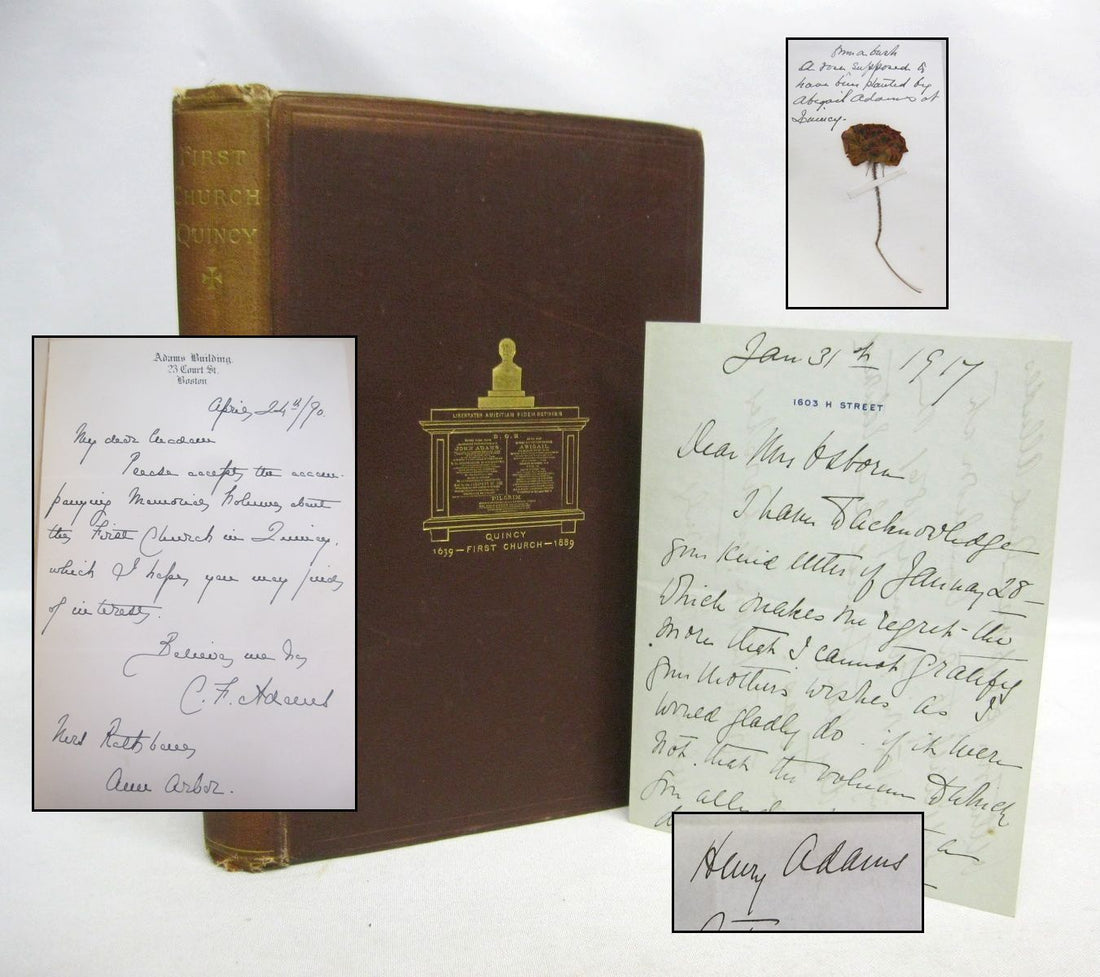One thing I'm not sure I've stated explicitly about some of these books I'm highlighting is that I feel they need to be documented. Some of these are not just obscure or scarce books, but unique in how they are inscribed, or in the ephemera they contain. With such books, especially as they get more valuable, provenance is very important: any information, however little or much, about the history of this particular book and whose hands it has passed through is useful. It's useful to determine authenticity, for one, it can be even be useful to determine legal ownership, but often it's just plain fascinating to see how a book moves through the world.
So with these posts I am documenting a moment in these books' journey. Sometimes a books is with us for a day, sometimes a couple years; however long, we are a waystation for them. Few books of value have "forever homes" because they outlive their owners and have to move on.
With that all said, here's this week's book:
The "Chappel of Ease" and Church of Statesmen. Commemorative Services at the completion of two hundred and fifty years since the gathering of the First Church of Christ in Quincy
No author stated, but the preface is by D.M. Wilson. First edition, 1890, Printed for The Society.
Wilson thanks several people in his preface, among them Charles Francis Adams for his "co-operation in securing photographs of the portraits of the ancestors, and for the frequent use I have made of his full and very interesting sketch of Quincy in the "History of Norfolk County."
Pasted into the front is a handwritten letter from Charles Francis Adams, grandson of John Quincy Adams, the sixth president of the United States, dated 1890. But there's a second, loose, handwritten letter by Charles' brother Henry Adams, dated 1917, and addressed to the woman who's bookplate adorns the inside cover.
The third and final unique aspect to this book is the small pressed rose found next to a portrait of Abigail Adams, with a note claiming that the rose was plucked from a bush in Quincy, MA that was supposedly planted by Abigail Adams, first lady to President John Quincy Adams.
Scroll past the photos for my incomplete transcriptions of both letters. Perhaps you can decipher the few remaining words...?





 The letter by Charles Francis Adams pasted-in on the flyleaf, dated April 24th, 1890, on Adams Building letterhead:
The letter by Charles Francis Adams pasted-in on the flyleaf, dated April 24th, 1890, on Adams Building letterhead:
